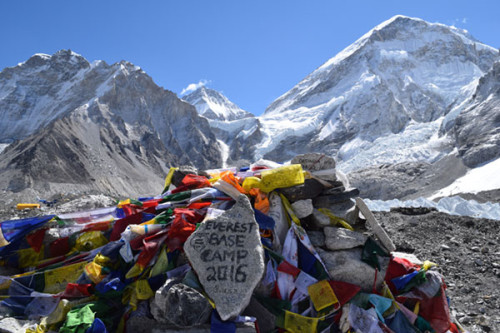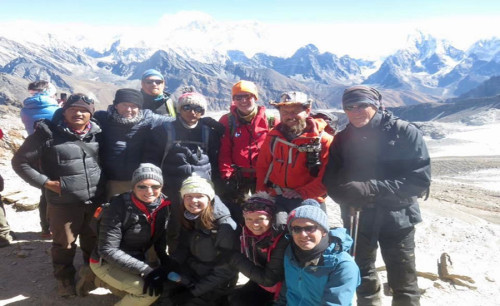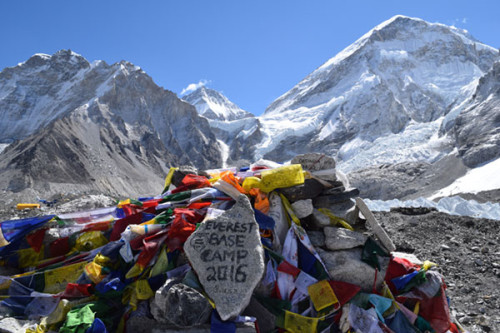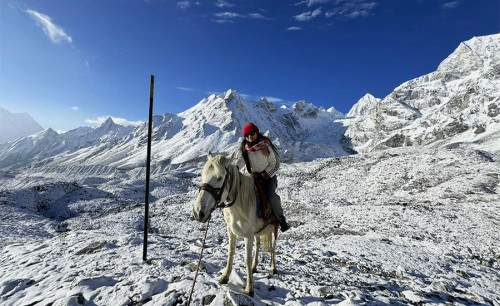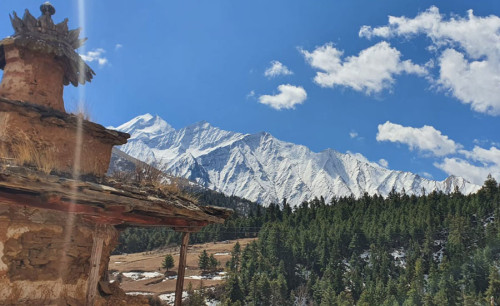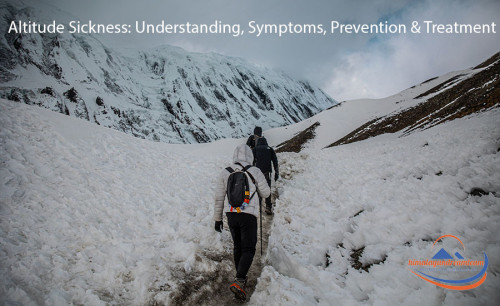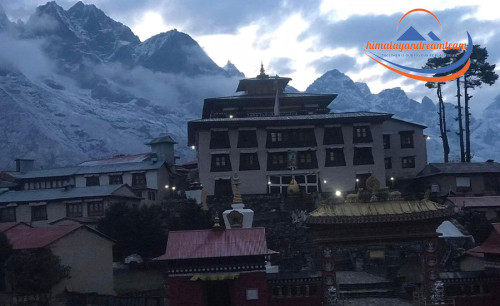Exploring the Divine: Top 10 Religious Places in Nepal
Published On : 12th May, 2024 By Himalayan Dream Team
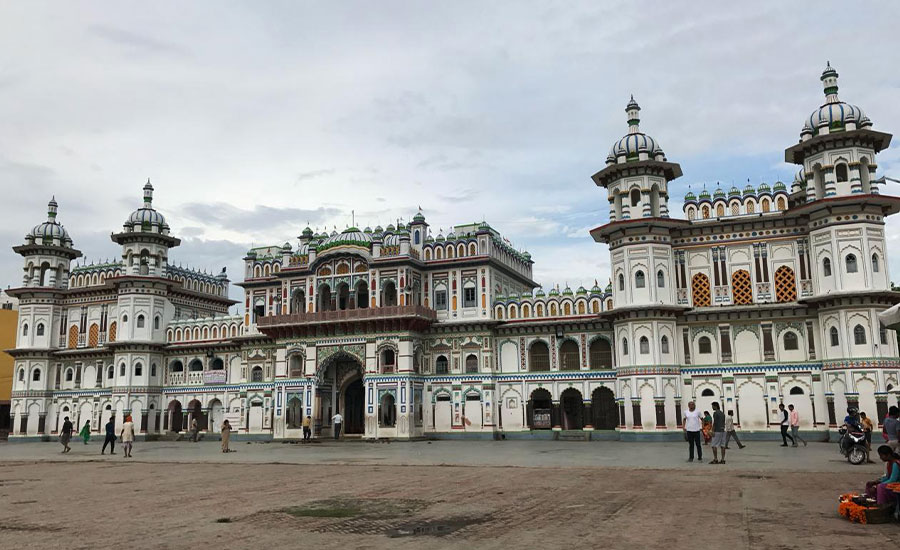
Nepal, a country where the air is thick with spirituality and the mountains reach towards the heavens, offers a unique blend of faiths, primarily Hinduism and Buddhism. Its landscape is dotted with temples and stupas that stand as serene testimonies to its rich religious heritage. Here, we delve into the top ten religious sites in Nepal, each steeped in mysticism and history, drawing pilgrims and travelers seeking spiritual enlightenment.
1. Pashupatinath Temple
Located on the banks of the holy Bagmati River in Kathmandu, Pashupatinath Temple is one of the most sacred Hindu temples in Nepal. Dedicated to Lord Shiva, it is a sprawling collection of temples, ashrams, images, and inscriptions built over centuries. The main temple features a golden spire and a silver-plated door that captures the essence of ancient Hindu architecture. Visitors can witness the daily rituals performed by Hindu priests, including the evening Aarti, which is a spectacular spiritual event.
Beyond the architectural splendor, Pashupatinath offers a poignant glimpse into Hindu death rituals. The cremation ghats along the river are publicly accessible, providing an intense insight into the cultural practices surrounding life and death. The temple's atmosphere is a profound experience of faith, especially during the annual festival of Maha Shivaratri, when thousands of devotees visit the temple.
2. Swayambhunath Stupa (Monkey Temple)
Perched atop a hill in the Kathmandu Valley, Swayambhunath Stupa is one of the most ancient and revered holy shrines in Nepal. Known as the Monkey Temple due to the large troop of monkeys that reside here, it offers panoramic views of the city. The stupa itself is a beautiful white dome with a golden spire painted with the eyes of the Buddha, symbolizing all-seeing wisdom. The site symbolizes peace and is significant both to Hindus and Buddhists.
Swayambhunath is not just a single structure but a complex of shrines and temples, including a Tibetan monastery, a museum, and a library. The stupa's surroundings are filled with chaityas, smaller stupas, and statues, making it a rich tapestry of Nepali religious art. This site is especially lively during Buddha Jayanti, the birthday of the Buddha, when pilgrims from all over Nepal come to celebrate.
3. Boudhanath Stupa
Boudhanath, one of the largest stupas in the world, stands as a monumental hub of Tibetan Buddhism in Nepal. Located in Kathmandu, this stupa is known for its massive mandala, making it one of the most visually striking sacred sites in Asia. The stupa's design is intended to represent the path towards enlightenment, with each level corresponding to a different stage of Buddhist teachings.
Visitors and pilgrims circumnavigate the stupa in a ritual of devotion, spinning prayer wheels and chanting mantras. The area around Boudhanath is also a cultural center, with monasteries belonging to different schools of Tibetan Buddhism, traditional shops, and tea houses offering an immersive experience. It's a place where one can witness the living tradition of Buddhism and participate in community gatherings, prayer ceremonies, and festivals.
4. Muktinath Temple
Located at an altitude of 3,710 meters in the Mustang region, Muktinath is a sacred place for both Hindus and Buddhists. The temple is a symbol of the religious symbiosis that exists between the two faiths. It features a pagoda-style design dedicated to Lord Vishnu. The 108 water spouts that line the courtyard of the temple provide holy water believed to cleanse the sins of the visitors.
Muktinath is also renowned for its eternal flame, the Jwala Mai, which burns continuously from natural gas underground. Pilgrims undertake the challenging trek through the Annapurna Circuit to reach the temple, drawn by its reputation as a place of liberation or moksha. The journey to Muktinath itself is as spiritually rewarding as the destination, with stunning views and a sense of tranquility that pervades the rugged landscape.
5. Lumbini
Recognized as the birthplace of Lord Buddha, Lumbini is one of the most important spiritual sites in the world. Located in the Terai plains of southern Nepal, this site is marked by a specific stone pillar erected by Emperor Ashoka in 249 BC to indicate the exact spot of Buddha's birth. The area is designated as a UNESCO World Heritage Site and features monasteries constructed by Buddhist communities from around the world.
Lumbini's spiritual ambiance is palpable, especially in the Sacred Garden where the Mayadevi Temple is located. This temple houses the marker stone and the nativity sculpture, which depicts the moment of Buddha's birth. Lumbini serves not only as a place of historical importance but also as a focal point for Buddhist pilgrims practicing meditation and seeking peace. The annual celebration of Buddha's birthday here transforms the area into a vibrant festival of lights and colors, attracting followers from across the globe.
6. Manakamana Temple
Situated in the Gorkha district, the Manakamana Temple is revered by Hindus as the sacred place of the goddess Bhagwati, an incarnation of Parvati. The temple is accessible by a cable car that offers a thrilling ride with spectacular views of the Trisuli River and the surrounding hills. Devotees believe that the goddess grants the wishes of those who make the pilgrimage to her shrine, hence the name Manakamana, which translates to "heart's wish."
The journey to Manakamana itself is an integral part of the pilgrimage, blending adventure with spirituality. Inside, the temple's sanctum houses a simple yet powerful stone idol of the goddess, adorned with red cloth and sindoor. The temple complex buzzes with activity during the major festivals, filled with the sounds of bells, music, and the chatter of devotees who come from far and wide to seek blessings.
7. Janaki Mandir
Janaki Mandir, located in Janakpur in the Dhanusa District, is a historical and architectural marvel dedicated to Goddess Sita. Built in 1910 AD by Queen Brisabhanu Kunwari of Tikamgarh, this temple showcases an exquisite example of Mughal and Koiri architecture with its grand three-story structure made entirely of stone and marble. Inside, the temple is adorned with colorful paintings depicting scenes from the Ramayana, and the vivah mandap where Lord Rama and Sita were married is a focal point for pilgrims.
Janakpur itself is considered the "City of Ponds", with more than seventy ponds around the area, adding to its beauty and serenity. The temple serves as the center for the vibrant festivities during Vivah Panchami, the re-enactment of the wedding of Ram and Sita, attracting thousands of pilgrims from Nepal and India. This event is a spectacular sight, filled with devotional music, processions, and theatrical performances, making it a must-visit during this time.
8. Dakshinkali Temple
Located approximately 22 kilometers outside Kathmandu, in the midst of a lush forest, Dakshinkali Temple is dedicated to the fierce goddess Kali. The temple sees a significant number of worshippers during the days of Tuesdays and Saturdays, particularly during the Dashain festival, when animal sacrifices are offered to appease the goddess. The setting of the temple, surrounded by dense forest and the dark stone from which the idol of Kali is carved, adds to the mystique and aura of the place.
The worship at Dakshinkali is intense and profound, reflecting the strong cultural belief in Kali's power over destruction and renewal. Visitors often find the deeply spiritual and somewhat raw practices here to be a stark reminder of the ancient roots of Hindu worship and its connection with nature and the cycle of life and death.
9. Gosaikunda Lake
Gosaikunda Lake, located in the Rasuwa District, is not only a stunning natural site but also a major pilgrimage destination during the Janai Purnima festival in August. According to Hindu mythology, the lake was created by Lord Shiva when he thrust his Trishul (trident) into the mountain to extract water to soothe his burning throat after ingesting poison. The lake is considered sacred and many pilgrims trek through challenging trails to reach it and bathe in its cold waters, believed to wash away sins.
The trek to Gosaikunda is one of the most scenic routes in Nepal, offering views of the Himalayas and abundant wildlife. The lake area is a serene and tranquil spot, ideal for meditation and reflection. The sense of accomplishment upon reaching Gosaikunda, combined with the spiritual and natural beauty of the place, makes this a profoundly moving experience.
10. Bhaktapur Durbar Square
While primarily known for its architectural beauty and historical significance, Bhaktapur Durbar Square holds a deep religious significance as well. It houses a variety of temples and idols dating back to the Malla dynasty. Among these, the Nyatapola Temple stands out as a magnificent example of traditional Nepalese temple architecture. This five-story pagoda was built by King Bhupatindra Malla in 1702 and is dedicated to Siddhi Lakshmi, the goddess of prosperity.
Bhaktapur Durbar Square is a living museum where history and spirituality merge. The square is alive with daily worship and annual festivals like Bisket Jatra, which celebrates the Nepali New Year with chariot processions and cultural dances. Visiting Bhaktapur offers a chance to step back in time and witness the continuing traditions of Nepali religion and culture in their most authentic forms.
Each of these sites offers a unique glimpse into the spiritual heart of Nepal, reflecting the deep faith and diverse religious practices of its people. Visiting these sacred places can be a profound and enriching experience, offering insights not only into the soul of Nepal but also into one's own spiritual journey.
Recent From Blog

10th Apr, 2024

30th Apr, 2024

16th Apr, 2024

23rd Apr, 2024

23rd Apr, 2024

25th Apr, 2024

26th Apr, 2024

26th Apr, 2024

27th Apr, 2024

27th Apr, 2024

29th Apr, 2024

29th Apr, 2024

29th Apr, 2024

2nd May, 2024

2nd May, 2024

6th May, 2024

6th May, 2024

12th May, 2024

12th May, 2024

12th May, 2024

13th May, 2024

12th May, 2024

13th May, 2024

13th May, 2024

12th May, 2024

13th May, 2024

12th May, 2024

12th May, 2024

12th May, 2024

12th May, 2024

12th May, 2024

12th May, 2024

12th May, 2024

13th May, 2024

13th May, 2024

14th May, 2024

14th May, 2024

14th May, 2024

14th May, 2024

15th May, 2024

14th May, 2024

14th May, 2024

16th May, 2024

19th May, 2024

19th May, 2024

20th May, 2024

24th May, 2024

28th May, 2024

28th May, 2024

29th May, 2024

29th May, 2024
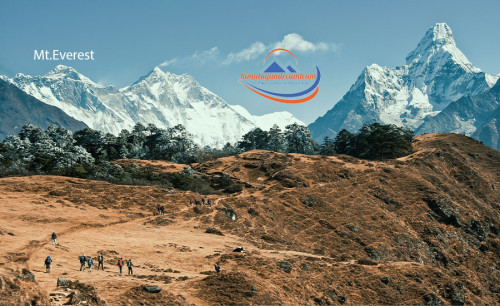
29th May, 2024

29th May, 2024

29th May, 2024


